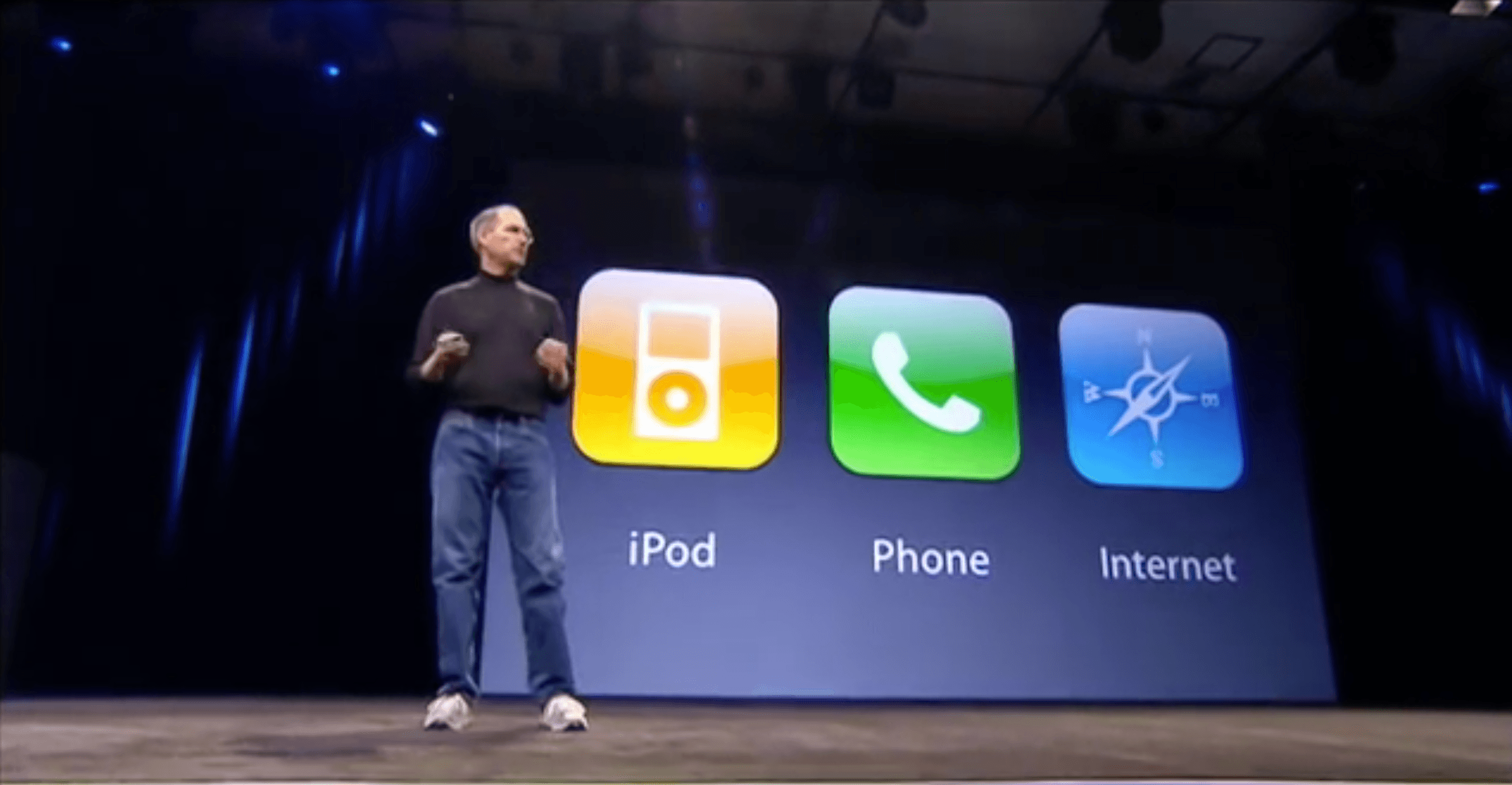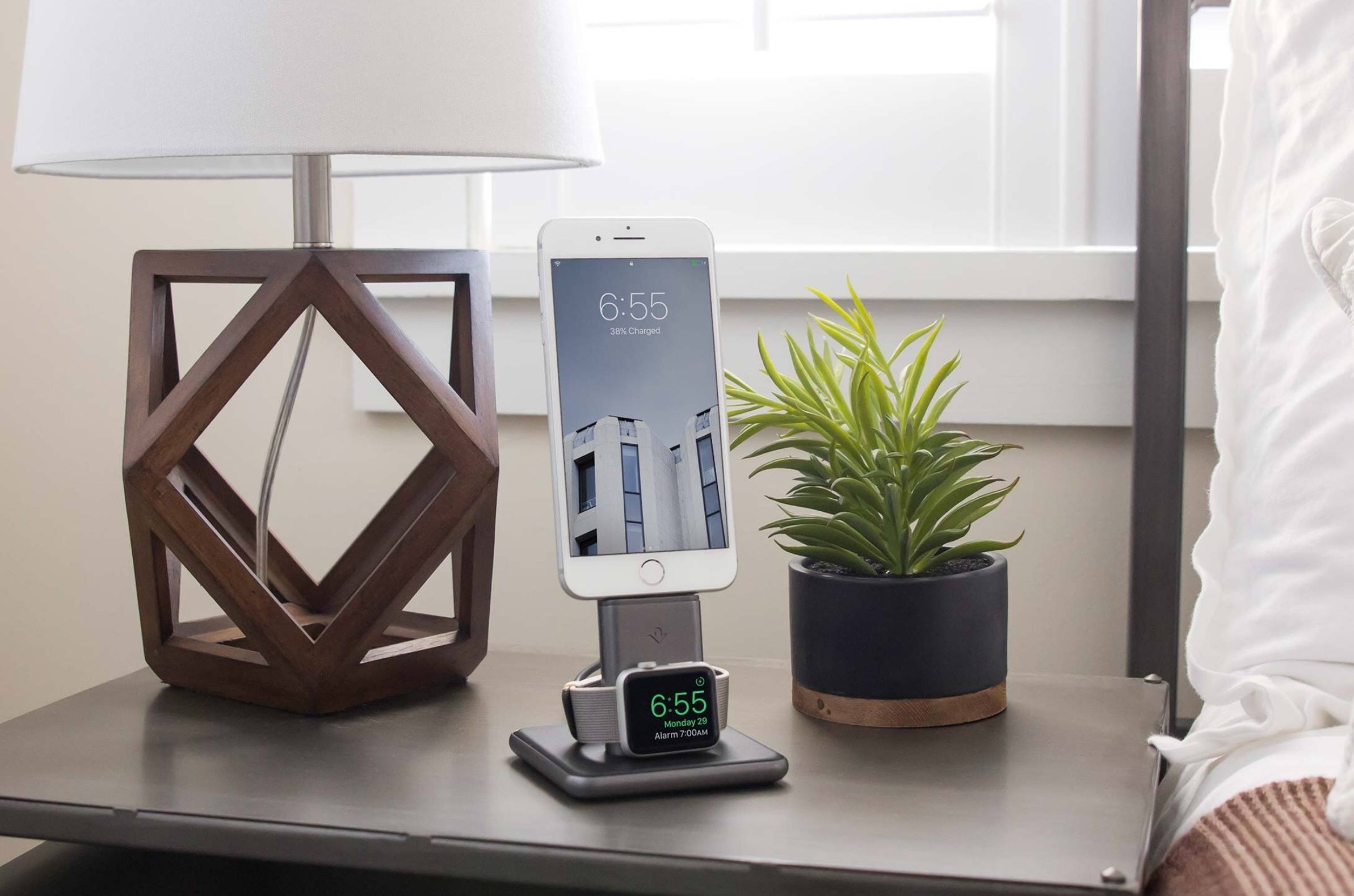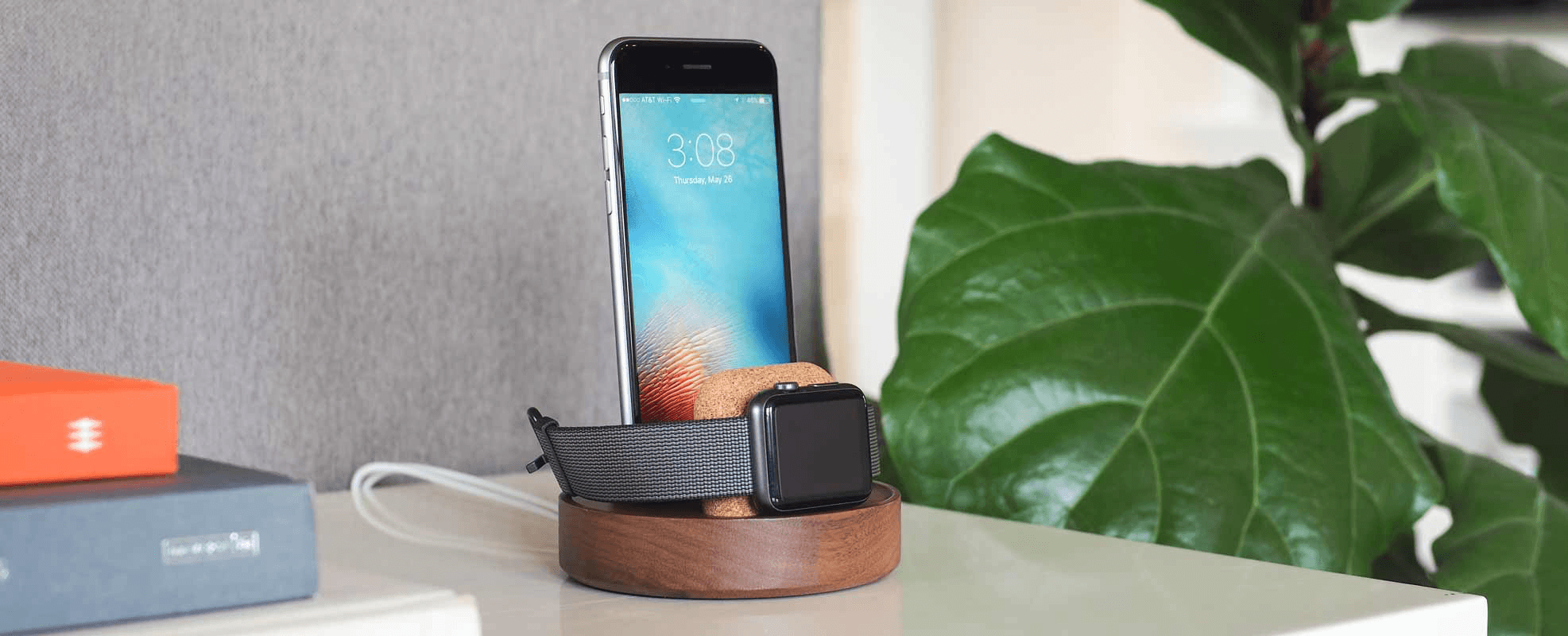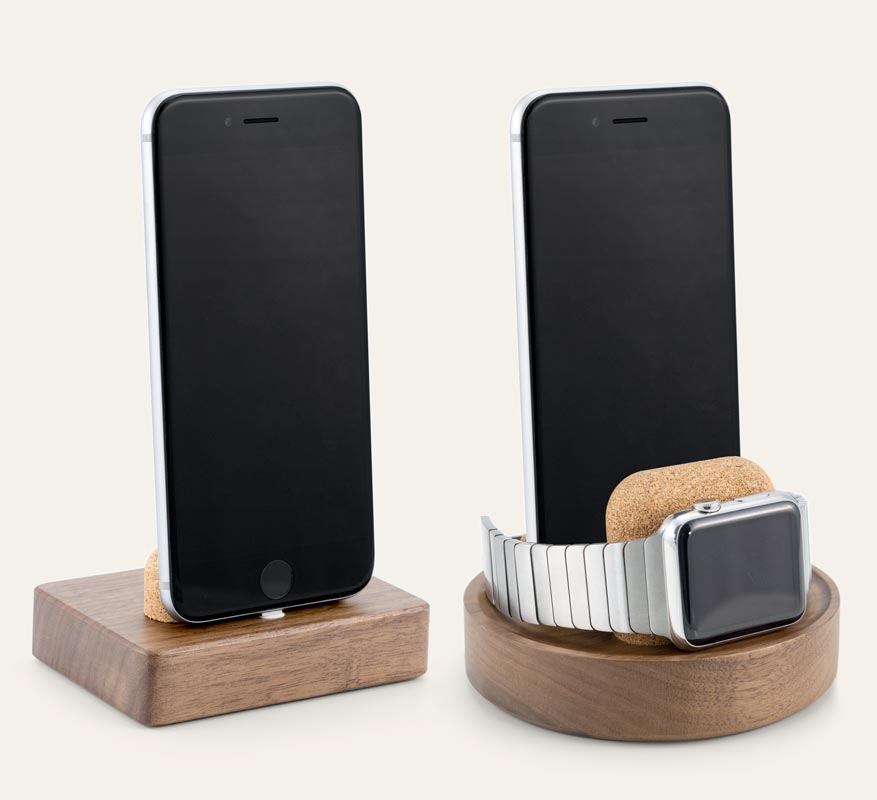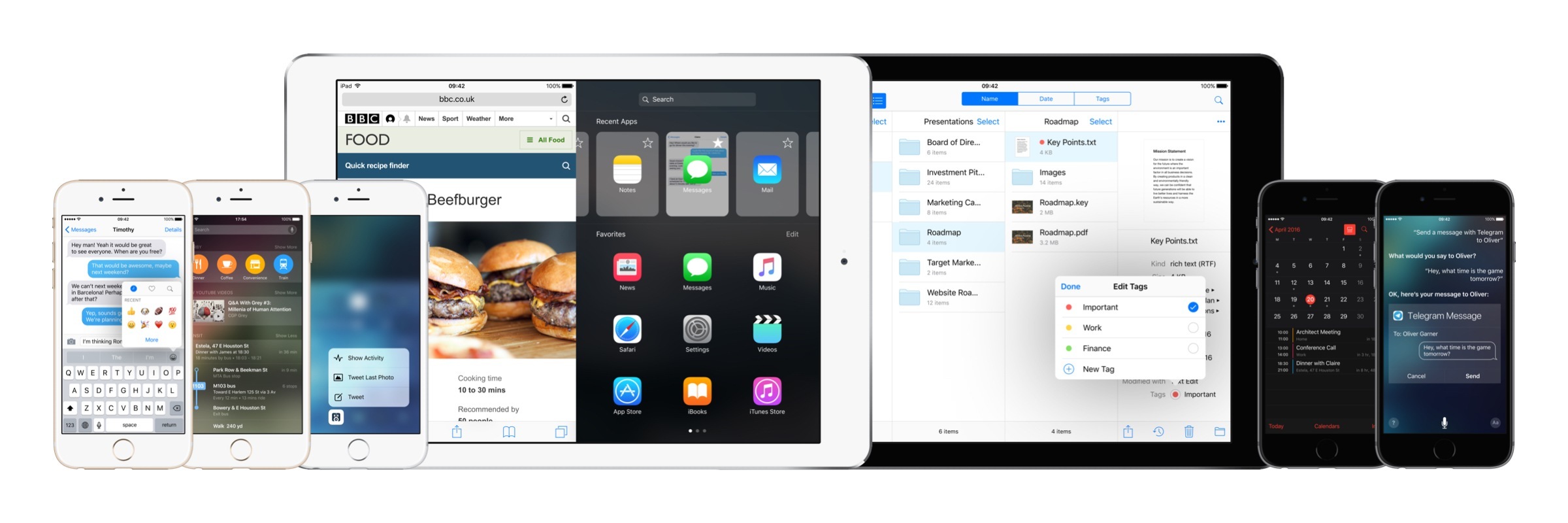Before an iPhone was lost in a bar in San Francisco, there was Tony Fadell’s moment of panic:
He’d just got off a plane, felt his pockets, and… nothing.
“I was walking through every scenario thinking about what could happen,” he told me. None of them ended well.
After two hours, relief - thanks to the efforts of a search party that didn’t know what it was trying to find.
“It fell out of my pocket and it was lodged in between the seats!”
Fadell, who was a key player in the development of the iPod, was part of the team that developed the original iPhone. In an interview with the BBC, Fadell argues that the fact that Apple started development from the perspective of the iPod that was important to the iPhone’s success because:
While competitors like Microsoft were trying to shrink the PC into a phone, Apple was looking to grow the iPod into something more sophisticated.
At the same time, focusing on the iPod’s click wheel had its downsides too:
“We were turning it into a rotary phone from the sixties,” Fadell remembered. “We were like, ‘This doesn’t work! It’s too hard to use’.”
Fortunately, another group within Apple was working on a ping-pong table-sized touchscreen that they were able to shrink down to a size that could be used for the iPhone.
The BBC’s interview with Fadell is full of interesting anecdotes about the years leading to the announcement of the iPhone and is required reading for iPhone history buffs.


